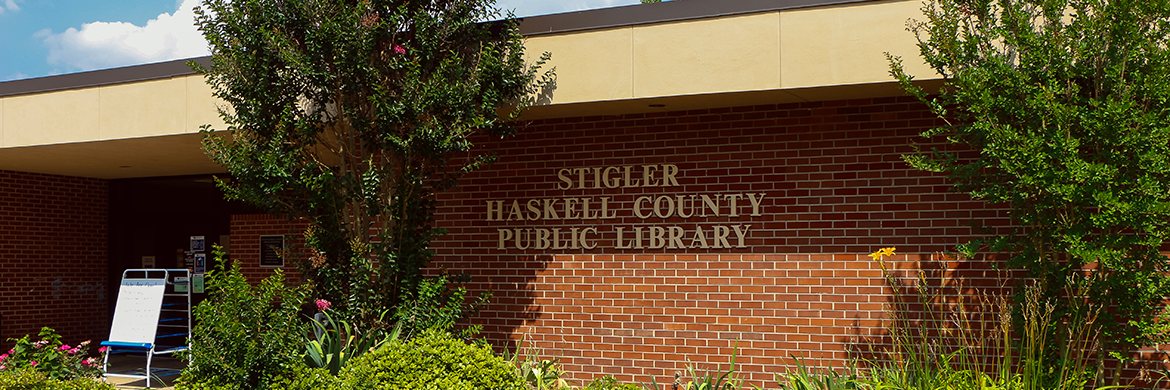
Nearby Private Schools (within a 15-mile radius) St. Nearby Public Schools (within a 15-mile radius) West Middle School, IL (< 0.1 mile) July 1, 2022, data includes home values, household income, percentage of homes owned, rented or vacant, etc.
#HASKELL ELEMENTARY ZIP#
Review boundary maps and recent demographic data for the neighborhood, city, county, ZIP Code, and school zone. Today Haskell is a place that students are proud to graduate from, and many alumni return each year for homecoming and graduation to help their fellow students celebrate this great achievement of survival and triumph.Input a Home Address - Find the School Zones (& Other Data) Boundary Maps, Demographic Data, School Zones

Today we celebrate what Haskell has become, and what the students made it into, a four-year university for students from all tribal nations, with baccalaureate degrees in elementary teacher education, environmental science, business, and American Indian Studies.

This CA Elementary school is located at 15850 Tulsa. Then in 1993, Haskell became Haskell Indian Nations University with the first of the four-year baccalaureate degree programs. See test scores and detailed information for Haskell Elementary School in Granada Hills, CA 91344. The Red Power movement reflected the federal policy of self-determination, and Haskell became a place for culturally centered organizations, student publications, and tribal events throughout the year, as well as excelling academically. Learn more about Haskell Elementary Science Tech Engr Arts and Math (Steam) Magnet here - See an overview of the school, get student population data. The student population of Haskell Elementary School is 386 and the school serves PK-8. Henry Roe Cloud was hired in 1933 as the first Native superintendent at Haskell, and he changed the curriculum to reorganization and emphasizing Native culture.Ĭelebration: The school changed yet again from the 1960s to a junior college level. Haskell Elementary School is a public school located in Haskell, NJ, which is in a large suburb setting. This time frame included the changing responses to the federal government’s Indian education policies.
#HASKELL ELEMENTARY FULL#
The level of education increased from elementary level to high school level during these years.Ĭhange: The years of 1925 through 1965 were full of constant change and adaptation. Additionally, students who graduated from Haskell stayed on as staff and faculty and helped change the school to what it is today.

Students united and began to seek change. Survival: The students seized the opportunity to build new intertribal communities which provided them with the emotional, physical, and psychological support they needed to help them survive the devastating conditions they lived under. The early years offered classes only in domestic skills like housekeeping and farming. During the early years, the school was run like the military, requiring students to wear uniforms and march everywhere. Initially, students were required to stay at Haskell for four years without contact with family and tribes, to sever the connection to tribal traditions and customs. The early years of the boarding school were traumatic for Indian children and their families. The federal boarding school policy began in 1839, and Haskell became established in 1884. Sacrifice: We are not just honoring our Haskell children, but all children who lived and died in a boarding school as part of the federal government’s assimilation policy. This exhibit, “Honoring Our Children Through Seasons of Sacrifice, Survival, Change, and Celebration” tells the story of the many evolutions Haskell has gone through: from a institute school teaching basic skills like domestic cooking, cleaning, sewing, and farming to elementary level classes to incorporating high school level classes to developing into a vocational-technical school evolving into a junior college and later progressing into the present day four-year university for Tribal students.

Haskell Cultural Center and Museum Honoring Our Children Through Seasons of Sacrifice, Survival, Change, and Celebration


 0 kommentar(er)
0 kommentar(er)
